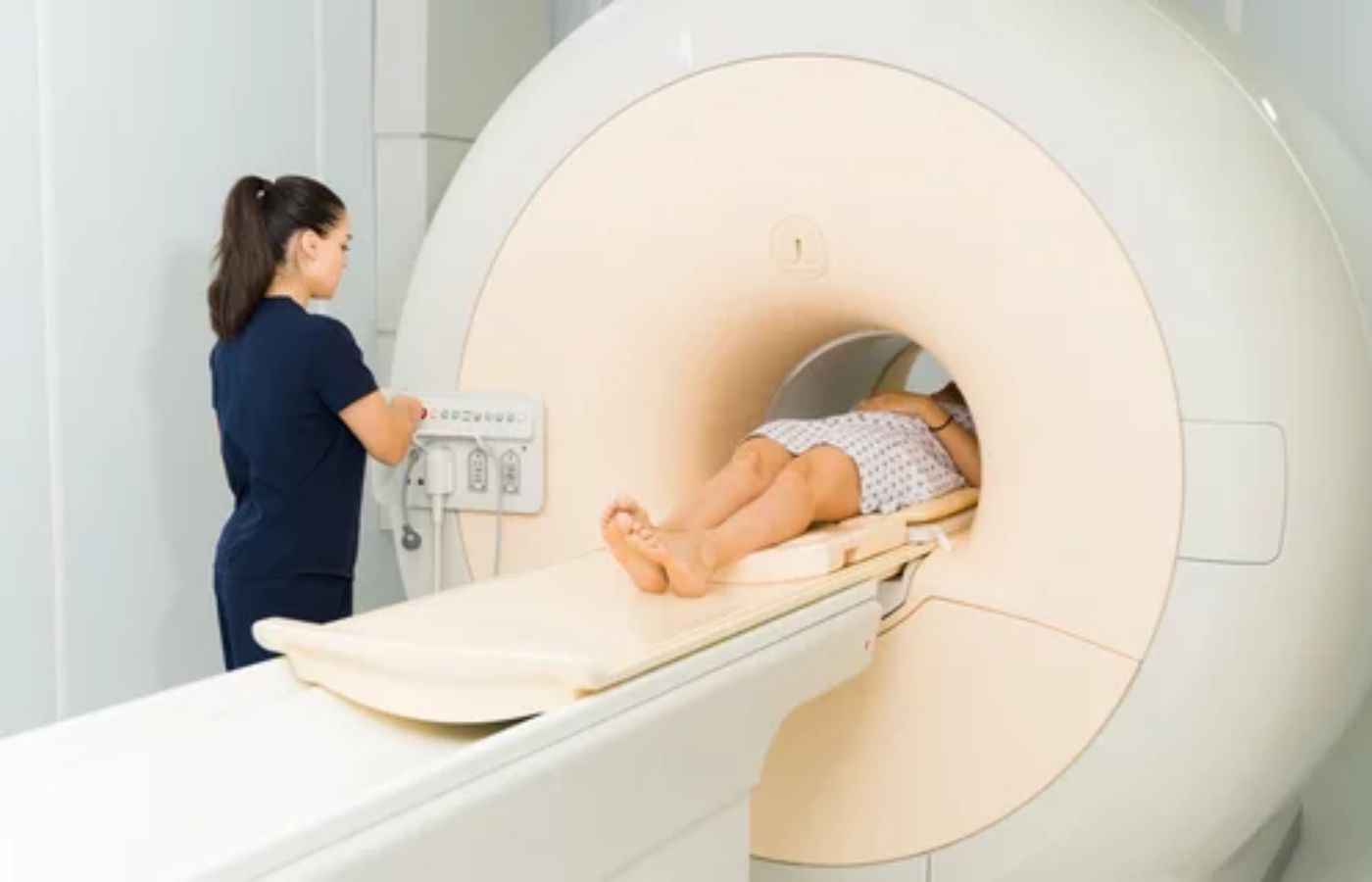Magnetic Resonance Imaging (MRI) has revolutionized medical diagnostics by providing detailed images of internal structures without the use of ionizing radiation. One specialized application of this technology is the MRI anus scan, a pivotal tool for assessing anorectal and pelvic floor disorders. This comprehensive guide explores the purpose, procedure, and benefits of the MRI anus scan, offering valuable insights for those considering this diagnostic approach.
MRI Anus Scan Guide
Magnetic Resonance Imaging (MRI) Anus Scan Guide
Magnetic Resonance Imaging (MRI) has revolutionized medical diagnostics by providing detailed images of internal structures without the use of ionizing radiation. One specialized application of this technology is the MRI anus scan , a pivotal tool for assessing anorectal and pelvic floor disorders. This comprehensive guide explores the purpose, procedure, and benefits of the MRI anus scan, offering valuable insights for those considering this diagnostic approach.
Purpose of an MRI Anus Scan
An MRI anus scan is primarily conducted to evaluate conditions affecting the rectum and surrounding pelvic structures. Key indications include:
- Anal Fistulas: MRI provides detailed images that aid in the diagnosis and surgical planning of anal fistulas.
- Rectal Cancer: For patients diagnosed with rectal cancer, an MRI scan assesses tumor extent, assisting in accurate staging and treatment planning.
- Pelvic Floor Disorders: Conditions such as rectal prolapse and rectocele are evaluated using MRI defecography, which visualizes the mechanics of defecation.
- Inflammatory Bowel Disease (IBD): MRI helps assess the severity and complications of IBD, including Crohn's disease.
Procedure of an MRI Anus Scan
Understanding the procedure can alleviate apprehensions and prepare patients for what to expect:
1. Preparation:
- Dietary Guidelines: Generally, no special diet is required before the scan. However, adhering to any specific instructions from your healthcare provider is advisable.
- Attire and Accessories: Patients are typically asked to wear a hospital gown and remove all metal objects, such as jewelry and belts, to prevent interference with the magnetic field.
2. During the Scan:
- Positioning: The patient lies on a motorized table that slides into the MRI machine, resembling a large tube.
- Imaging Process: The machine generates a strong magnetic field and radio waves to capture detailed images. Remaining still is crucial to ensure image clarity.
- Contrast Agents: In certain cases, a contrast agent may be administered to enhance image quality. This could be given orally, intravenously, or rectally, depending on the scan's specific requirements.
3. Post-Scan:
- Aftercare: Patients can usually resume normal activities immediately after the scan. If a contrast agent was used, staying hydrated helps flush it out of the system.
- Results: A radiologist analyzes the images, and results are typically shared with the referring physician, who will discuss them with the patient.
Benefits of an MRI Anus Scan
The MRI anus scan offers several advantages in diagnosing and managing anorectal conditions:
- Non-Invasive: Unlike exploratory surgeries, MRI provides a non-invasive method to visualize internal structures.
- Detailed Imaging: MRI offers high-resolution images, allowing for precise assessment of soft tissues, crucial in identifying abnormalities.
- No Ionizing Radiation: MRI does not use ionizing radiation, making it a safer option, especially for repeated imaging.
- Comprehensive Evaluation: It enables the simultaneous assessment of multiple pelvic structures, providing a holistic view of pelvic anatomy.
Conclusion
An MRI anus scan is a vital diagnostic tool for evaluating various anorectal and pelvic conditions. Its non-invasive nature, coupled with the ability to provide detailed images without ionizing radiation, makes it a preferred choice for both patients and healthcare providers. If you're experiencing symptoms related to anorectal disorders, consulting with a healthcare professional about the possibility of undergoing an MRI anus scan is a prudent step toward accurate diagnosis and effective treatment.
When searching for a " scan centre near me " or specifically "Diagnopein near me," it's essential to consider factors such as the center's reputation, the technology available, and the expertise of the staff. Additionally, understanding "MRI charges" and the specifics of the " MRI test " can help in making informed decisions about your healthcare.
Remember, early detection and diagnosis are key to effective treatment. Utilizing resources like "MRI scan near me" can assist in locating convenient and reliable diagnostic services in your area.
